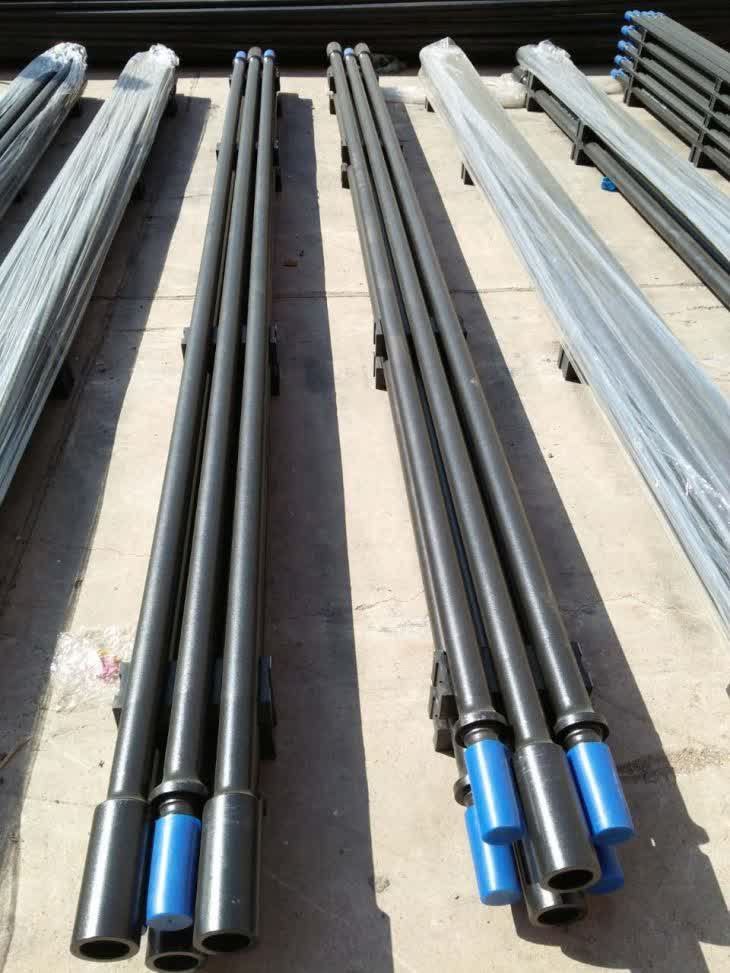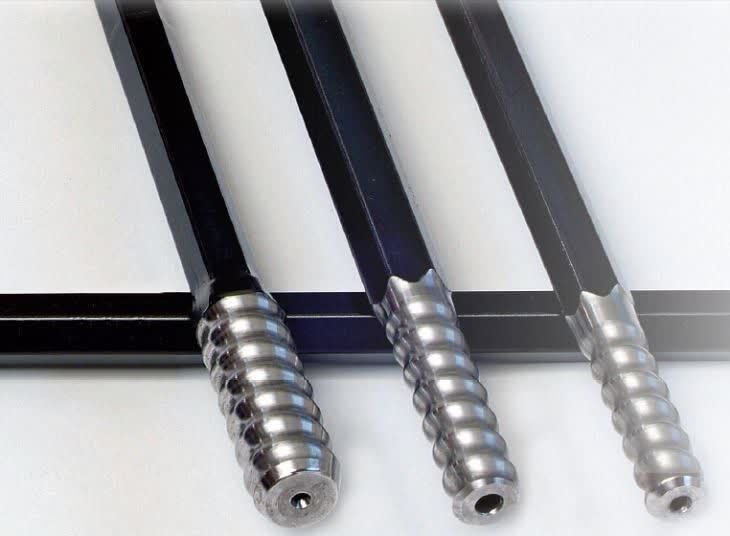Top Hammer In this method, the impactor or drill hammer is placed outside the hole on the drilling derrick and transfers energy to the drill rod’s head due to successive impacts. This drilling method is highly penetrative in rock formations under suitable geological conditions, hence, it enjoys considerable application and popularity. The limitations of drilling machines operating with this method include a restricted drilling diameter (maximum 152 millimeters) and limited drilling depth due to significant drilling deviation, low durability of drill rods, and low operational efficiency in drilling under challenging geological and tectonic conditions.


Advantages of this Method The initial capital investment and fuel consumption of these devices are lower compared to other conventional methods. Nowadays, extensive research has been conducted by drilling equipment manufacturing companies worldwide, among which the international company Atlas Copco has conducted extensive research to optimize the effective energy transfer process of hammer impacts from the drill hammer to the drill bit. This has led to the design of a new generation of drilling hammers equipped with optimized piston length and a Damping Double damping system. The result has been an increase in drilling speed and rate, as well as the lifespan of the drilling rod assembly. The limiting factor in this method is the striking power of the hammers of these devices, especially in holes with a diameter greater than 127 millimeters and a hole depth exceeding 6 meters. As the hole depth increases, more drill rods must be connected to each other, resulting in greater energy loss in this drilling method. By examining the energy loss due to the connection of successive rods in drilling machines operating with this system, it has been determined that the energy loss due to incomplete contact in the connections of drill rod couplings is approximately 6 to 10 percent for each additional coupling.
